When Samba Jarju got back from eight years of service in the United States Navy, it seemed to his VA healthcare providers that he had made it home relatively unscathed. When he reported his growing concerns over strange symptoms, including an accelerated heart rate, they waved him away. But when Jarju went into cardiac arrest at the VA one night, it was clear that his internal injuries were far more serious than they had thought.
“I died twice in that room, and three times on the operating table,” says Jarju. “There was someone there that knew me from back in the day, and they kept doing CPR for over 18 minutes, long after they should have toe tagged me. They saved my life.” After Jarju spent a month in a coma and had to relearn how to eat, walk, and talk, the VA was ready to hear his health concerns. “All of a sudden people were listening,” he said.
Jarju was diagnosed with Graves’ disease, a thyroid condition he contracted from exposure to chemicals and toxins overseas. “It’s from being in war zones,” he says. “The equipment that you’re working with— we worked with a lot of different weapons systems, everything from missiles, small arms, canons, explosives. People don’t realize exposure is one of the biggest things that takes people out. I had exposure to depleted uranium, burn pits, radiation, jet fuel, fires, and explosions. A lot of these people who have been in combat zones are getting weird diseases,” he says.
In some states, the slew of symptoms he incurred during his tour would have been a one way ticket to an opioid addiction. But Jarju lives in Arizona, where access to medical cannabis allowed for a recovery process that kept him conscious and connected to the world around him.
“I’ve had hearing issues for a while,” he says, “and one time I smoked some Blue Dream outside on a nice summer night. For the first time since I could remember, I could hear birds and what other people were saying. My back wasn’t hurting, my headache went away, and a single tear just ran down my cheek.” His experience with the healing power of cannabis inspired Jarju to found Tuscon House of Cannabis, a cannabis support group that helps veterans transition into civilian life with the help of plant medicine.
“Consciousness is a goal for us, something we’re trying to share in our own subtle ways. I feel like there’s a lot of things you can do when you can get your energetic self— your will, mind, and heart—when you get that aligned you can start manifesting the things that are important in your life,” he says, pointing out how important this is for veterans, who come home with a mind weighed down by memories of war zones that their bodies are still anticipating.
“Cannabis helps a lot with PTSD and always being on high alert,” he says. “Your nervous system stays in that ready state, but it can be anxiety inducing when nobody’s trying to shoot at you.” He remembers attending a gathering of veterans in a park, and when a shooting occurred nearby it actually helped them all relax.
For Jarju, rolling a joint can rewire him from the war zone into his higher consciousness. “Before I smoke I’m feeling a ton of pain and anxiety, with cortisol levels screaming through the roof,” he says. “I roll myself a joint and even the process is therapeutic. I take that time to roll the joint, slow that mind down, and take that first hit. Slowly the body will calm down, the systems each relax, and the pain gets muted.”
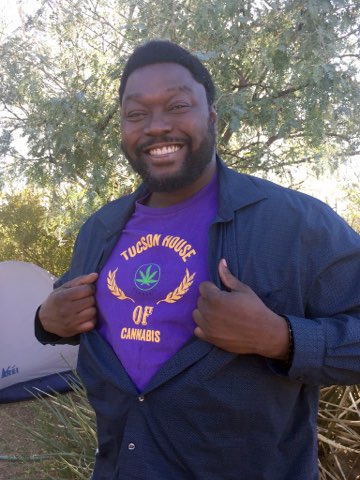
In spite of mounting anecdotal evidence from veterans like Jarju, the VA’s stance on medical cannabis remains murky. According to their official statement, “The VA is committed to improving treatment options for Veterans and supports research into potential treatment options that may prove valuable… veterans are encouraged to discuss marijuana use with their VA providers.” However, they emphasize that cannabis is still classified as a Schedule 1 controlled substance, meaning it has “no currently accepted medical use.” While the VA maintains that their position is strictly a matter of adhering to federal law, they also have a history of dragging their feet when it comes to medical cannabis. According to the U.S. Department of Veteran Affairs, “VA scientists may conduct research on marijuana benefits and risks,” but they have yet to launch large-scale clinical studies.
When Rep. Lou Correa introduced a bill in October that would have required the VA to push their medical cannabis research forward, numerous veteran organizations, including the American Legion, Disabled American Veterans, and Paralyzed Veterans of America, voiced their support. But VA representatives refused to support the bill, citing “concerns regarding some of the requirements to implement certain program initiatives.”
According to VA representative Dr. David Carrol, “The requirement in the legislation to study at least seven types of cannabis and their effects on PTSD symptoms and chronic pain is not consistent with the current state of scientific evidence.” As a result, even in a state where cannabis is legal, VA pharmacists cannot fill a cannabis prescription, VA clinicians are prohibited from recommending it, and they cannot facilitate a veteran’s participation in a state medical cannabis program. For those veterans who rely entirely on the VA for their health care, such barriers prove prohibitive.
For Andy Miears of Helmand Valley Growers Company, the difficulty of reintegrating into society after being at war would have been much harder had he not learned to cultivate his own cannabis. Miears considers himself lucky that in seven years as a special operations Marine Raider, he didn’t sustain any serious injuries. But his body still took a beating.
“I broke my wrist in Iraq, hurt my shoulder and wrist in Afghanistan, tore my knee,” he says. “Looking back, I was just burned out. The human body and mind can only take so much.”
But hindsight is 20/20, and at the time Miears didn’t see the pain as a deterrent. As he puts it, “No one who takes pride in their profession wants to be put on the bench,” and so he kept it moving with the help of OxyContin. At the time, he didn’t see it as a dependency—he followed his doctor’s orders, and never treated the pills as recreational. But upon his return to civilian life in California, Miears decided to explore the medical cannabis that was available to him as an alternative to Oxy.
He was not prepared for the withdrawal symptoms that came from swapping cannabis for opioids. “Next thing you know, I’m crawling on my hands and knees, throwing up, punching holes in the wall. I thought, I’ve got to figure this out another way. So I quit alcohol, chewing tobacco, and opioids that day.”
Miears decided to pursue his interest in cannabis literally from the ground up, and he started studying sustainable agriculture to get the tools he needed to cultivate cannabis in a way that felt right to him. “I didn’t want anything to do with Big Ag. My family on my Mexican side worked the fields— my grandfather fought in WWII and got right back to work in the fields— so I saw how Big Ag worked.” His professors at the local community college encouraged his excitement for cannabis cultivation, and he found he had a knack for microbiology. Eventually what had started as a means to an end turned into a whole new way of seeing the world.
“If you go outside and step on a piece of soil, there are more organisms underneath your feet than stars in the sky. Microbiology is just as vast as the universe, it’s infinite,” he says. Studying sustainable agriculture connected him to his Texas roots, where so many generations of his family had found a way to live off the land. He could see the circle of life in the way livestock fertilizes the soil and tills the ground with their hooves, and he learned to tell if soil was healthy by smell alone. Little by little, his pursuit of plant medicine cultivation helped him find the sense of purpose he had been missing since returning to civilian life.
“I found that gardening was therapy. Before, all I ever knew was war, and now here I am a steward of the earth,” he says. “If I don’t water the plants they don’t live; now I’m taking care of something. ”
As much as cannabis was able to bring him peace of mind, it troubled Miears to know that other veterans weren’t so lucky, and he connected with fellow Marine Raider Bryan Buckley to see what they could do to help turn the tide of the veteran suicide and opioid addiction. Miears wanted to get the high quality flower he was growing into the hands of the veterans who need it. He and Buckley hoped to start a veterans-led cannabis brand, but they didn’t have a shot without the extensive capital required to get a license. But while they were working together on their veteran nonprofit Battle Brothers, a chance meeting with George and Cody Sadler of Platinum Vape changed the game. The Sadlers had been working on a veteran nonprofit of their own, but when they saw Miears and Buckley’s business plan, they decided to bring them into their license. “They said, ‘We believe in what you’re doing’ and gave us a shot,” says Miears. By 2019, they were officially on the market in California.
Now Helmand Valley Growers Company is a full time occupation, but it hasn’t distracted Miears from the larger mission. The peace Miears found from connecting with plant medicine is something he is adamant about sharing; his long-term goals are more about impacting others than benefiting himself. “I’m not looking to be a millionaire—my people came up dirt poor on both sides of my family, so I don’t need much to survive,” he says. “Medical cannabis for the veteran community is where I’d love to stay, growing small batch cannabis specifically for therapy.”
Surviving in a war zone requires living intensely in the present moment. For many veterans, injuries and chronic pain compound another problem: The loss of purpose and community outside of active duty. As much as it might be a relief to come back home, it can be hard to live without that same clarity of purpose and comradery. As Samba Jarju says, “It’s important for veterans to knit themselves back into society in positive ways. Once you get out of the service, you’re no longer able to depend on people to have your back, be honest with you, love you, people who would fight or die for you. It’s a community that is absolutely wiped away.”
Cannabis offers a way to get that community back. “You can actually talk through the emotions without getting stuck in the moment,” Jarju says. “I think it lubricates those conversations, and allows us to have some of those deeper conversations.” Meiars has found that inviting fellow veterans into the garden for a smoke is a good way to bring back a sense of comradery. They can talk about the experiences that only people who have been through it can understand, and process it by connecting to the natural world. “They come over to talk, smoke, look at the garden where I’m growing my own tomatoes. Next thing you know they have a garden,” he says.
The fight for veterans’ care—both inside the VA and out— is about quality of life after service. And for so many, cannabis shows the way forward. Living on his three-acre farm outside of San Diego, Miears sees his quality of life as tied to birdsong and the fruit growing on his trees. Like Jarju, most evenings find Miears rolling a joint. As he smokes, he looks out over the land that depends on him just as he depends on it. “I just breathe and watch the birds and my 39 fruit trees,” he says. “Mother Nature is the greatest force there is, and you have to listen to her. In a way, that is peace.”


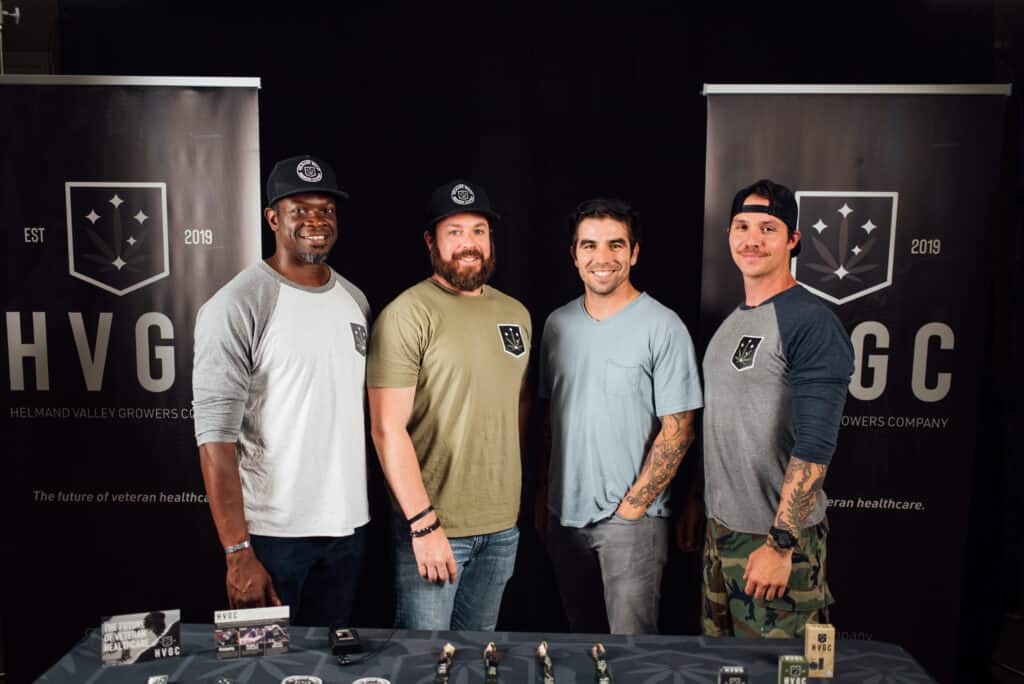
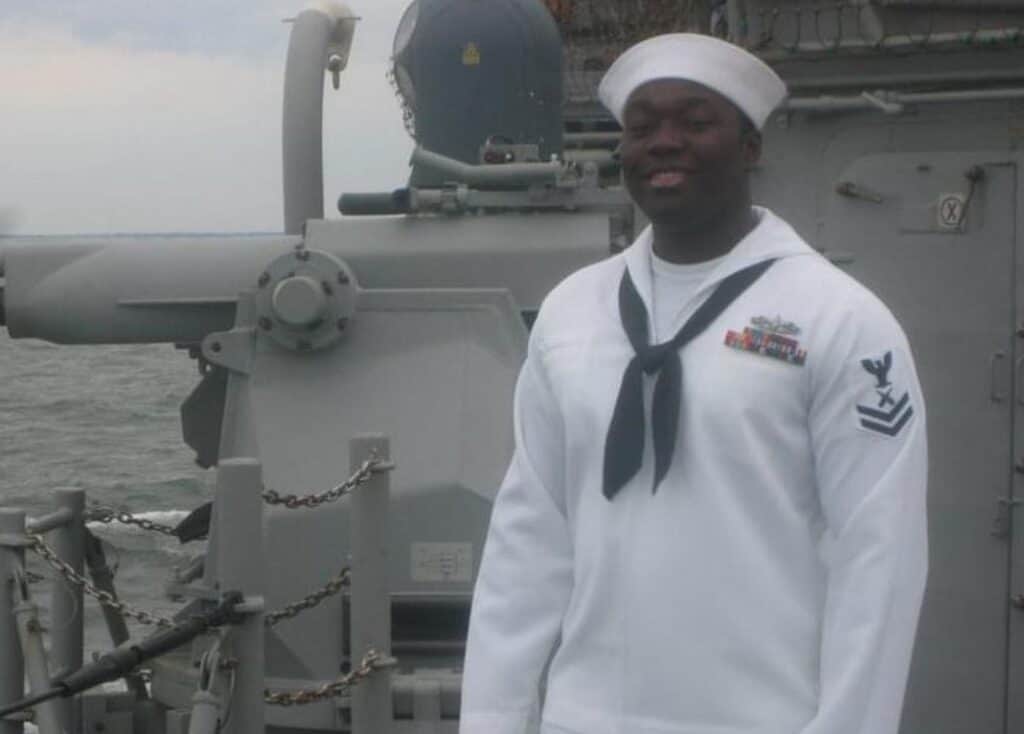
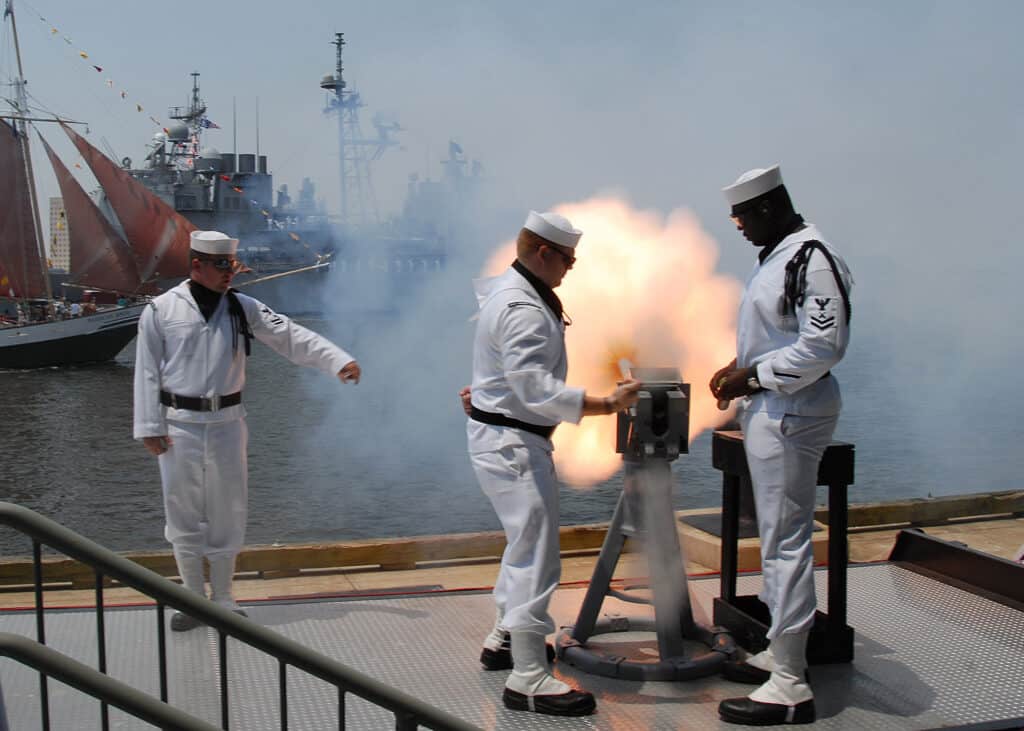


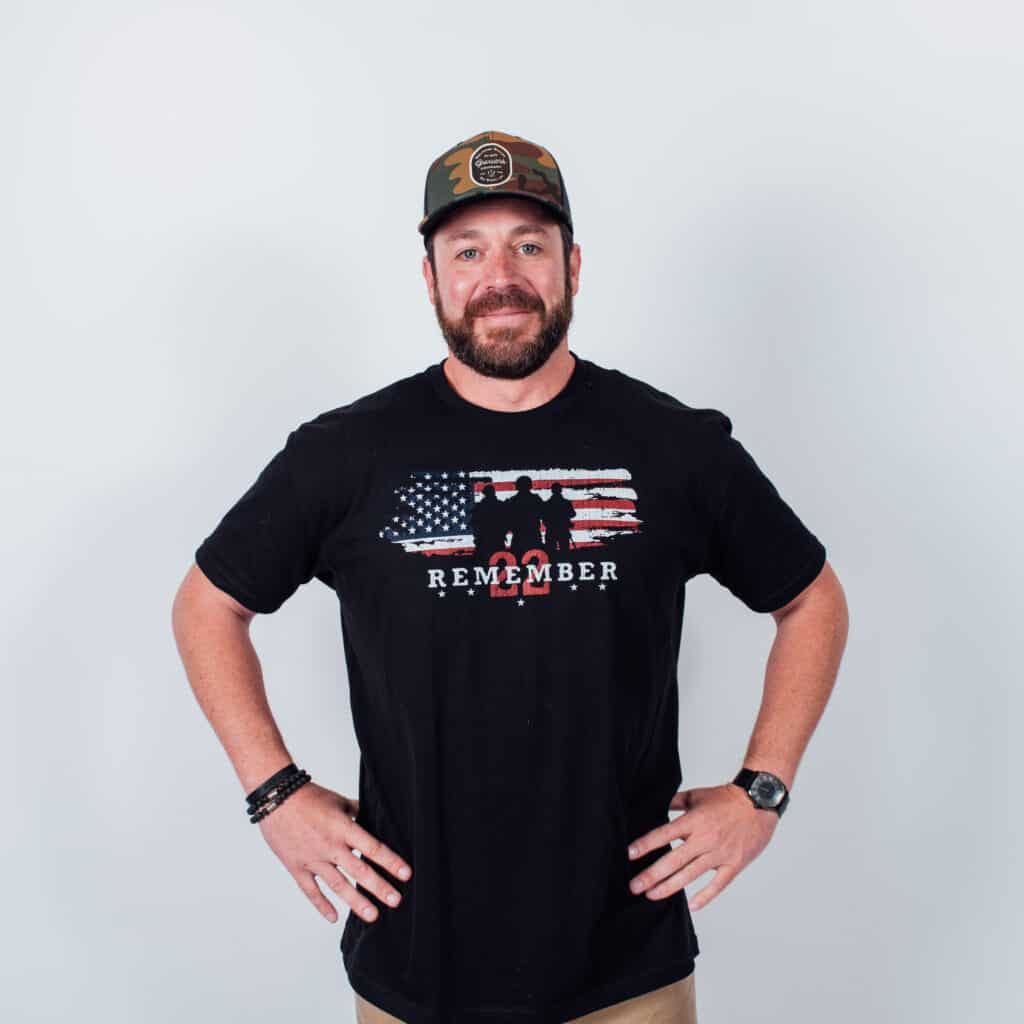
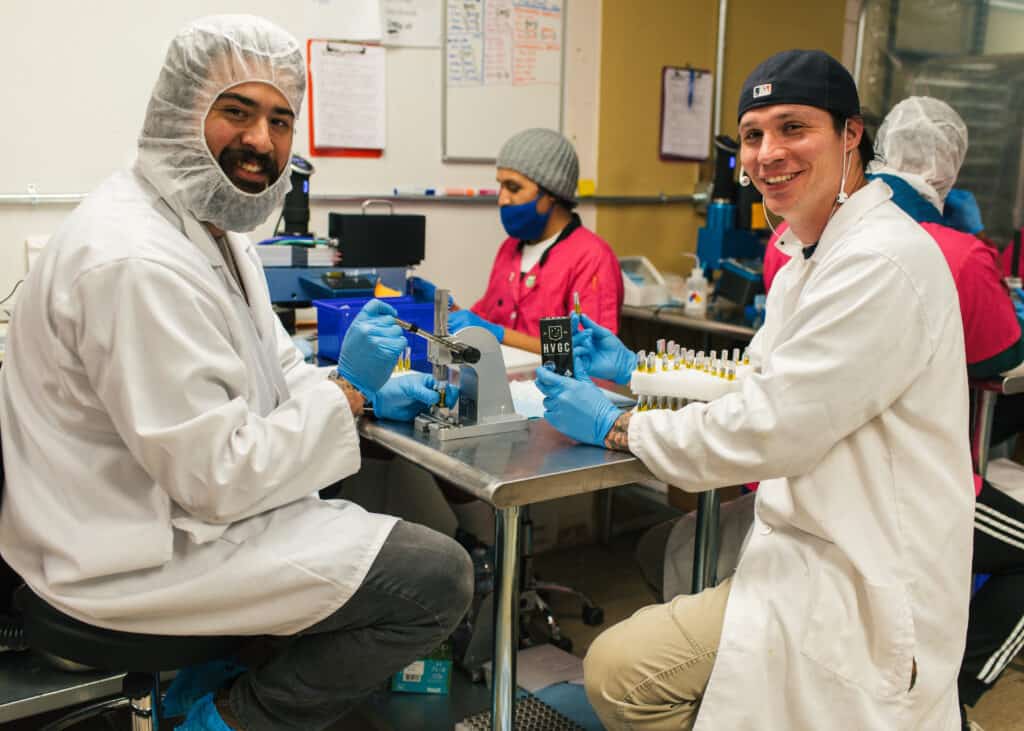

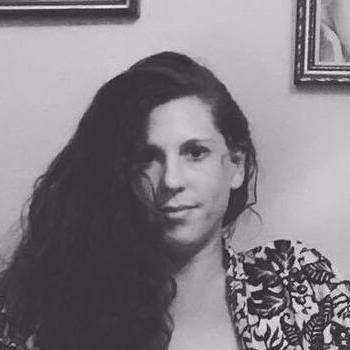

1 thought on “In the fight for veterans’ care, cannabis is a clear path forward”
Pingback: In the fight for veterans’ care, cannabis is a clear path forward – MJ Brand Insights | Tucson House Of Cannabis